Exploring Magnetic Fields and Forces
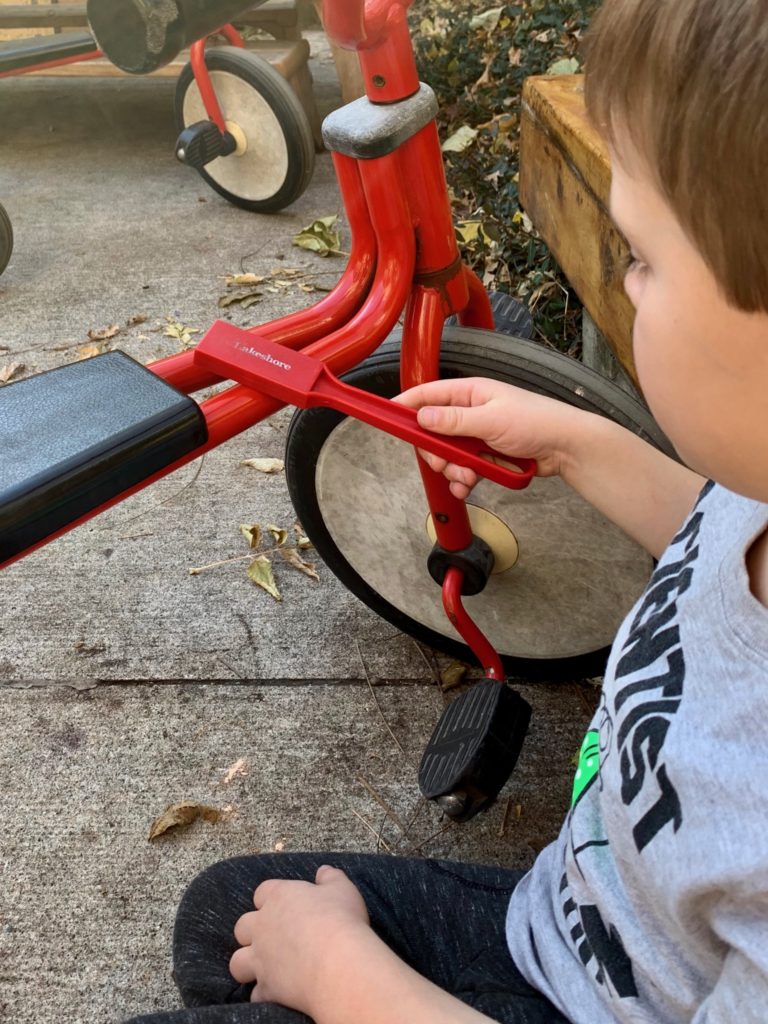
"Hey guys! Look over here!" Harrison calls out to his friend. "My magnet sticks to the trike!"
On this warm morning, our magnetic wands are sparking a new wave of STEM exploration in our outdoor classroom. I’m encouraging the children to let their curiosity and creativity lead the way as they engage in their own journeys of magnetic discovery.
This moment of hands-on learning is the perfect opportunity for children to explore independently, share their findings, and gain confidence as they build their investigative, communication, and collaboration skills.
Today’s investigation introduces the children to basic scientific and engineering methods such as forming hypotheses, testing ideas, analyzing results, and refining experiments.
We’re also incorporating math concepts such as spatial awareness, positioning, and measurement—all through the simple exploration of magnetic forces.

“Hmm . . . my wand sticks on the red part of the trike, but not on its black seat,” observes Harrison.
The children gather around to examine Harrison’s discovery. It’s clear that they’re on a path of discovery.
“Why won’t it stick on the black seat, Harrison?” I ask.
“Because it’s not metal,” Harrison deduces.
The other children repeat, “It’s not metal!.”
Language development is taking hold, and the repetition reinforces this new concept, leading to retention.
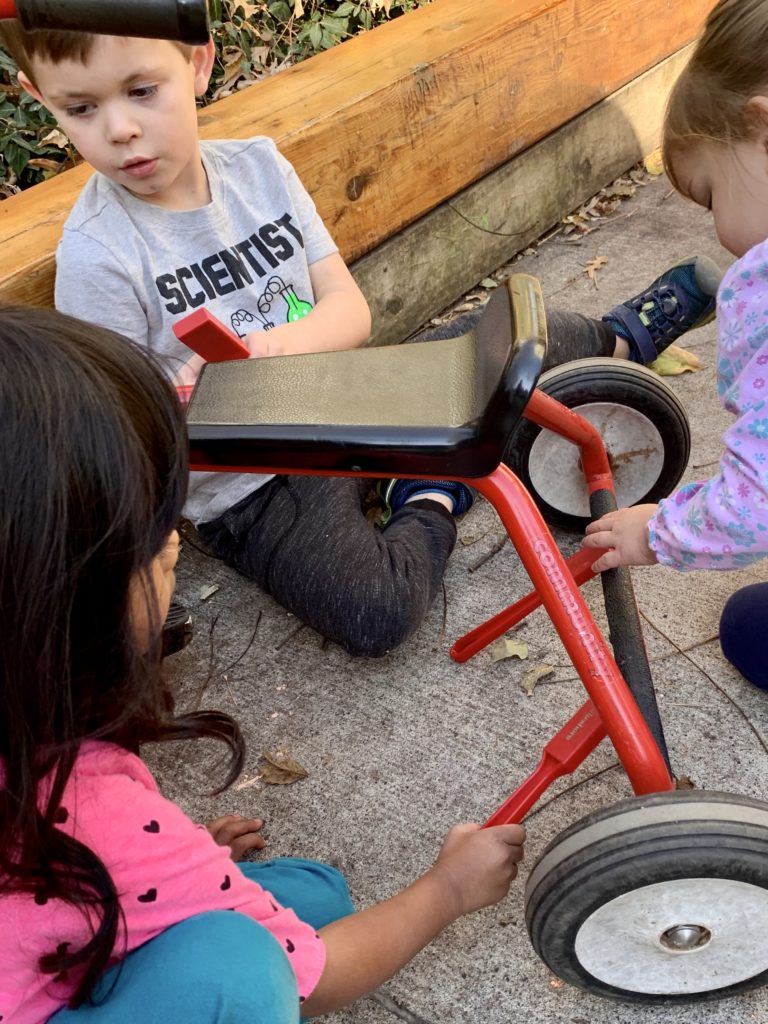
“Wait! This part is black, but my magnet sticks here,” observes Harrison as he places his magnetic wand on the trike's rear axle.
The other children eagerly test out Harrison's observation with their own magnetic wands and notice the same thing.
“Why does the magnet stick here but not on the black seat or tires?” I ask.
“This black line is metal,” Harrison shares confidently. “It’s black metal.”
The other children repeat, “Yes! It is metal—black metal!”
Harrison continues to explain his findings: “The red part of the bike is metal, and this black strip is metal. The tires and seat are not metal.”
Through this simple exploration, the children are engaging in early engineering practices—identifying materials, testing hypotheses, and collaborating to form conclusions about how magnets interact with different surfaces.
They’re also learning how to categorize materials based on their magnetic properties.
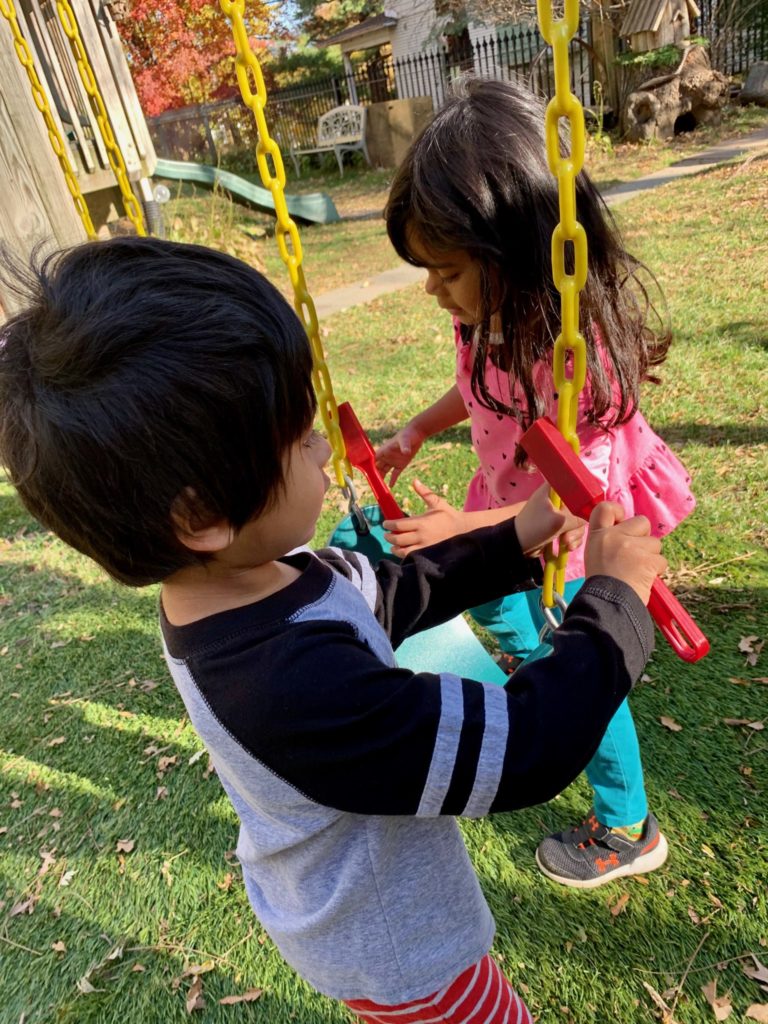
After their trike experiment, the children move their magnetic investigation to the swings. This leads to more engineering adventures as the children explore the magnetic properties of different parts of the swing set.
This is an excellent opportunity to extend the children's learning and document their findings in a visual way that aligns with early engineering concepts.
We use red and green tape to mark our findings: green for magnetic objects and red for non-magnetic objects. This hands-on, visual method never fails to engage the children in the documentation process. Meanwhile, it is reinforcing key engineering concepts such as classification and testing as it hones their color sense and fine motor skills!
While recording our findings on a clipboard is another option, this visual approach makes the process more accessible and interactive for young learners.
This is what developmentally appropriate, play-based learning looks like during the early years!
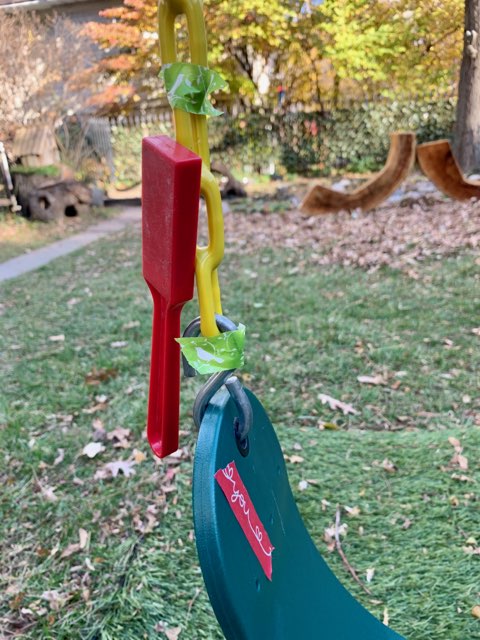
Magnet experiments also help foster an understanding of cause and effect as young children explore basic engineering principles.
As the children spend more time observing, testing, and modifying their ideas, they have more opportunities to learn and refine their thinking.
I glance over at Eleanor, who is quietly engrossed in a solo study of magnetic fields. She is deeply focused on collecting data and analyzing how the magnetic poles interact with one another.
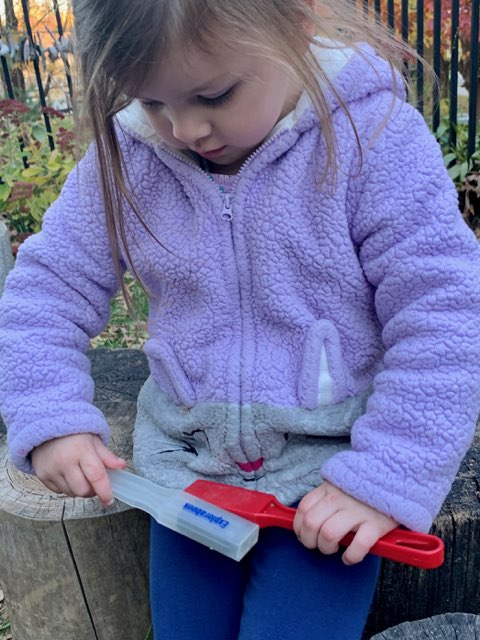
“It’s called a magnetic field,” I explain as I watch Eleanor experiment with different magnetic wands.
Eleanor is too absorbed in her hands-on investigation to process this information. So I take another approach and blurt out: “It’s invisible!”
This gets her attention. Eleanor looks up, her eyes sparkling with comprehension. “Invisible!” she exclaims. “It’s magic!”
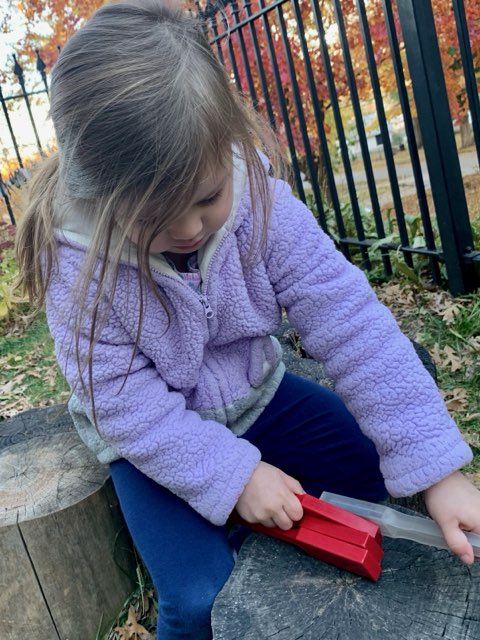
Eleanor's excitement is contagious. The invisible power of magnetism is taking shape in her mind as she feels the pull and push of the magnets.
This young STEM explorer has made a key engineering discovery: an invisible force drives the magnets to interact in predictable ways.
This is engineering in action—experimenting, testing, refining, and discovering the invisible forces that shape the world around us. What better way to introduce early learners to engineering concepts than through the invisible power of magnets?
The next time you head outdoors, grab some magnetic wands and let your little engineers explore the wonders of magnetism.
Whether you're in a classroom or on the playground, magnetic play is an engaging way to deepen children’s understanding of forces, fields, and the engineering process.
It’s fun, hands-on, and full of magical moments of discovery!
https://shorturl.fm/mDhLk
Love this the magnets
Great ideas